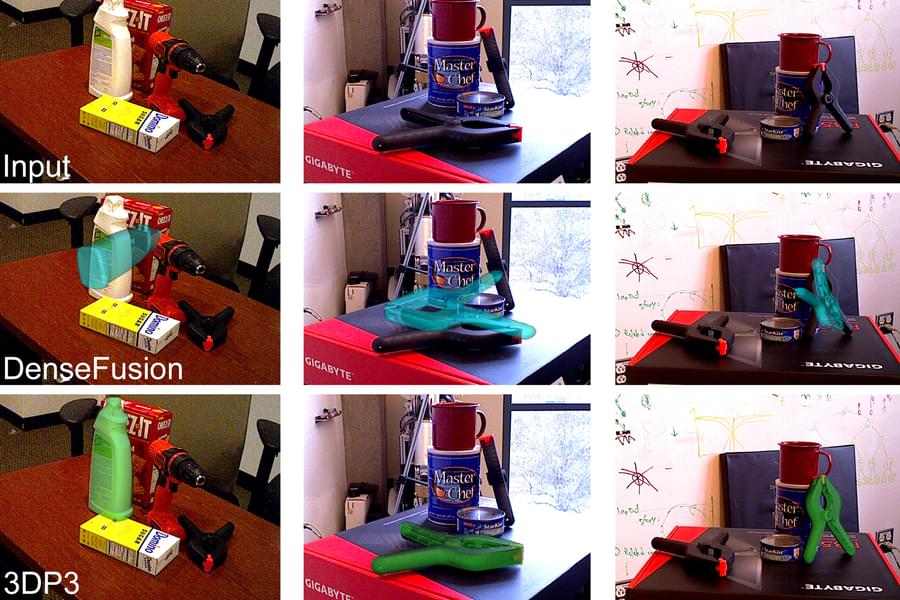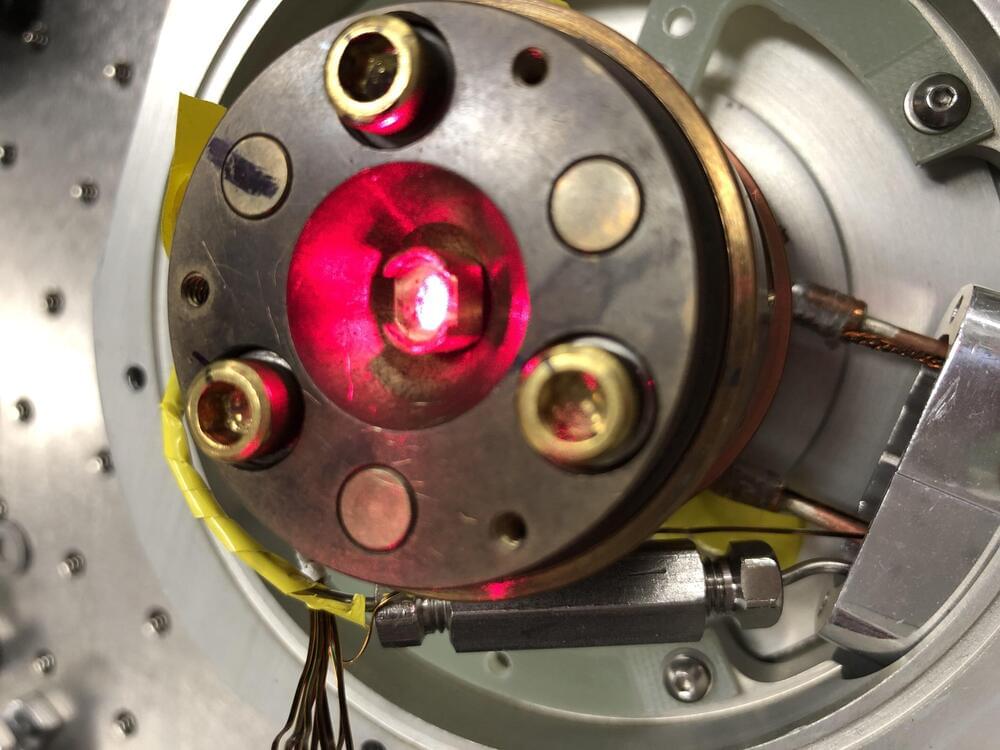Physical exercise is great for a mouse’s brain, and for yours. Numerous studies conducted in mice, humans and laboratory glassware have made this clear. Now, a new study shows it’s possible to transfer the brain benefits enjoyed by marathon-running mice to their couch-potato peers.
Stanford School of Medicine researchers have shown that blood from young adult mice that are getting lots of exercise benefits the brains of same-aged, sedentary mice. A single protein in the blood of exercising mice seems largely responsible for that benefit.
The discovery could open the door to treatments that—by taming brain inflammation in people who don’t get much exercise—lower their risk of neurodegenerative disease or slow its progression.









